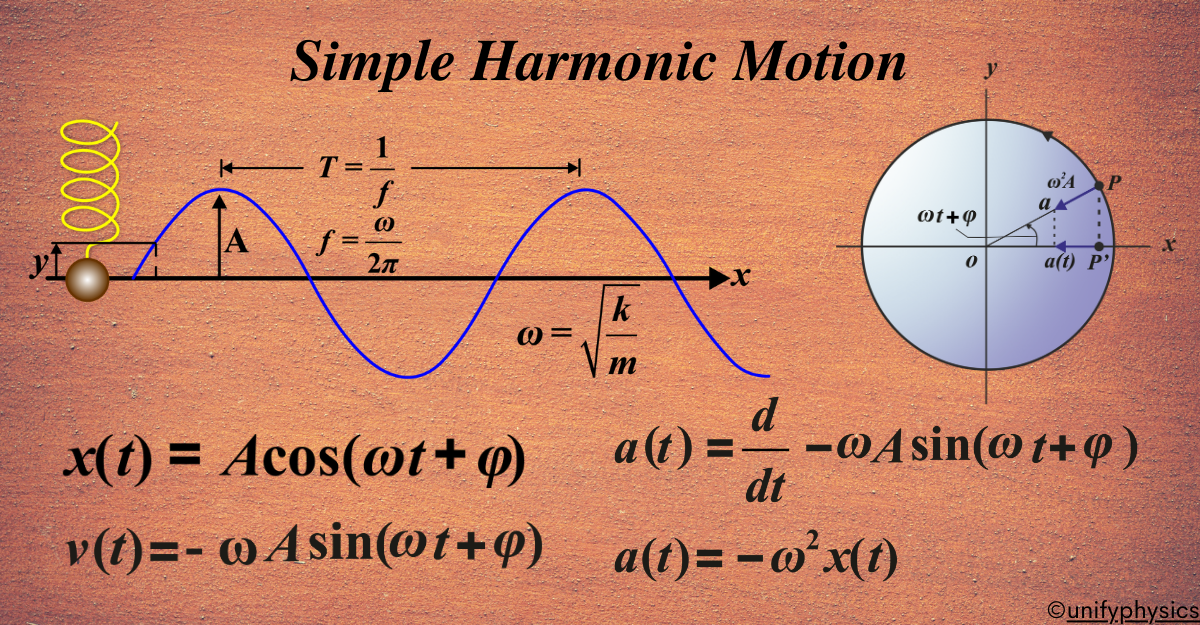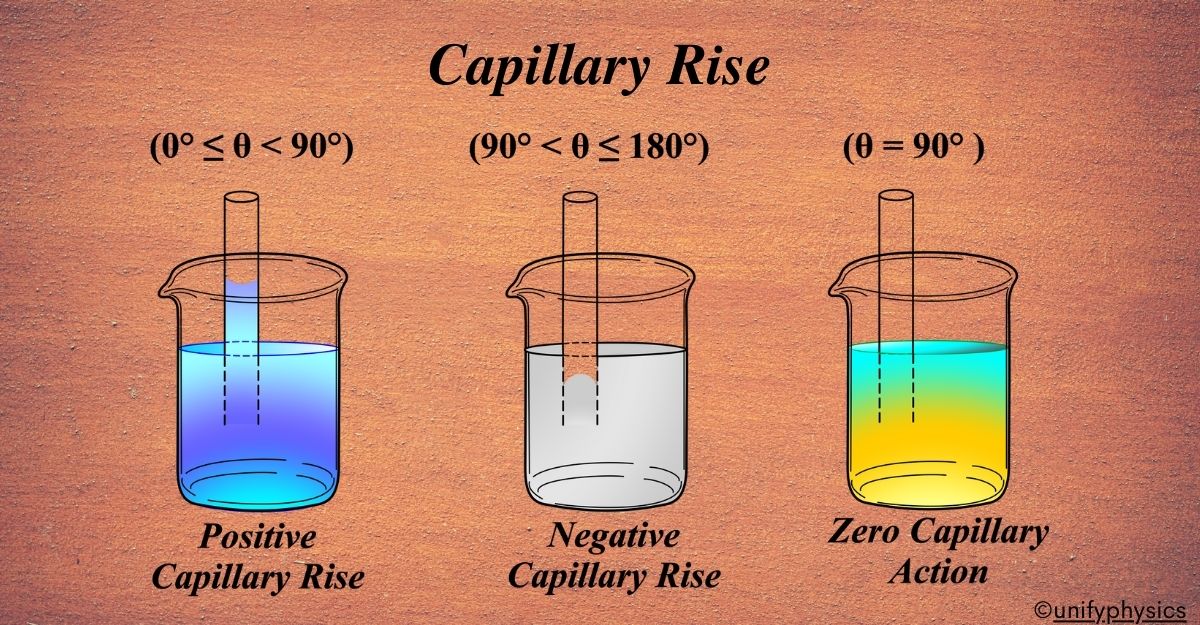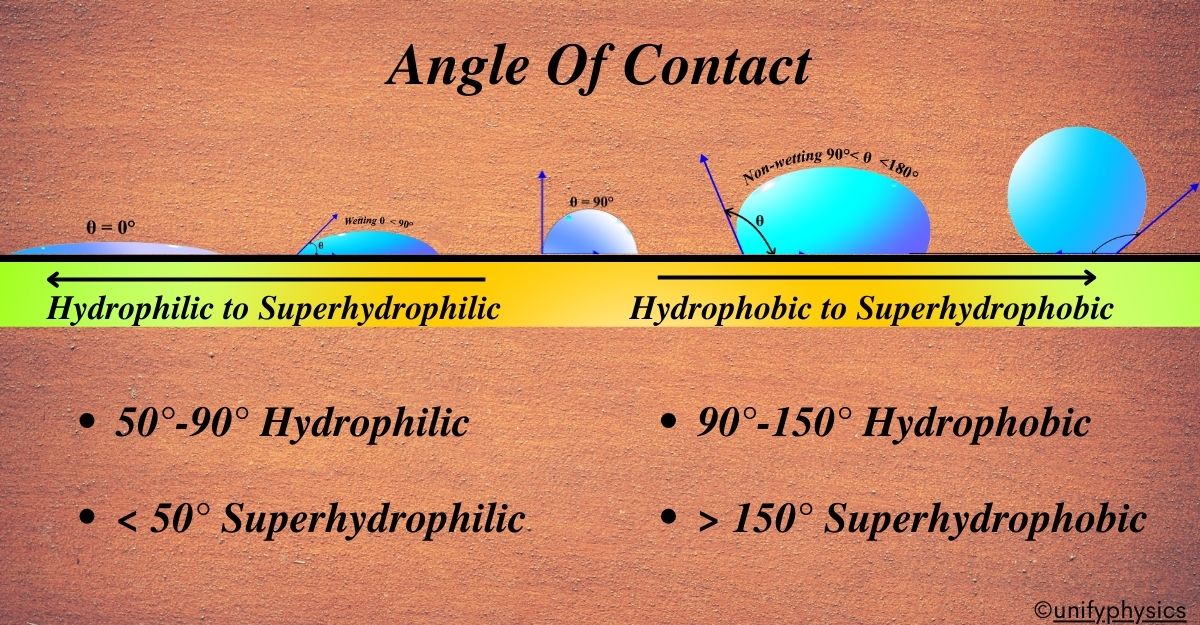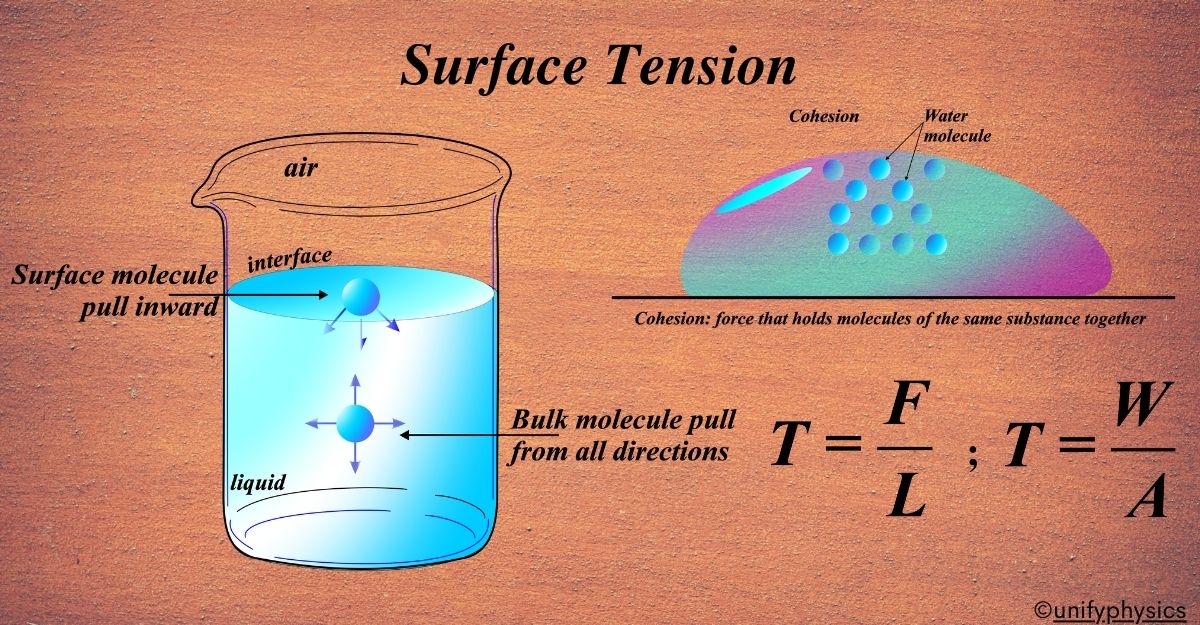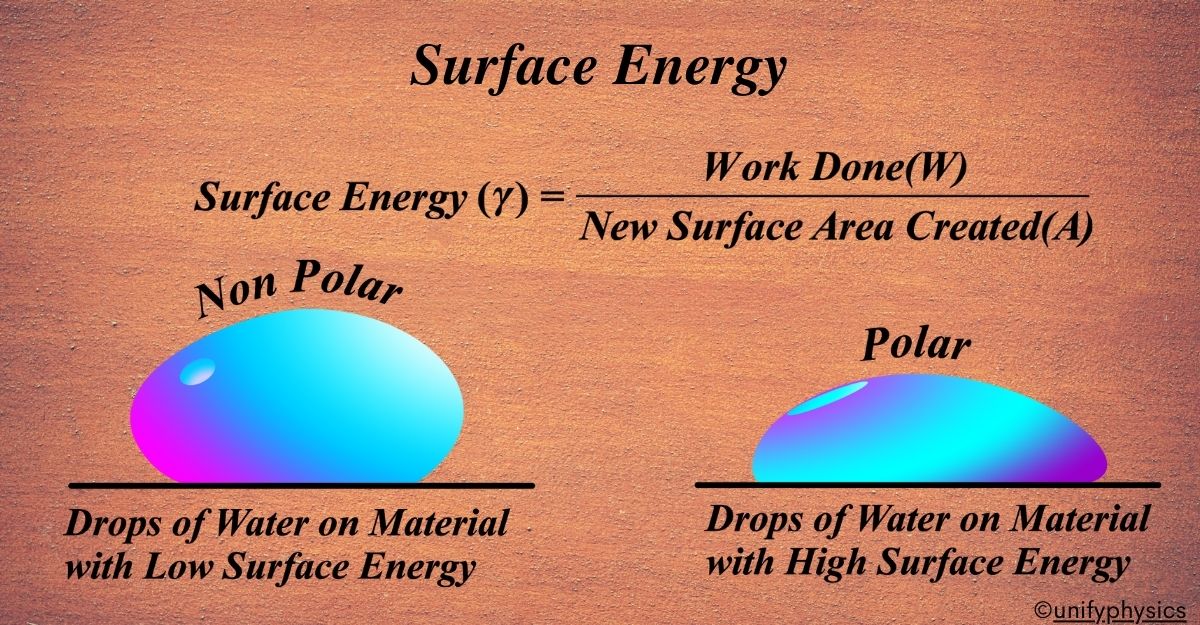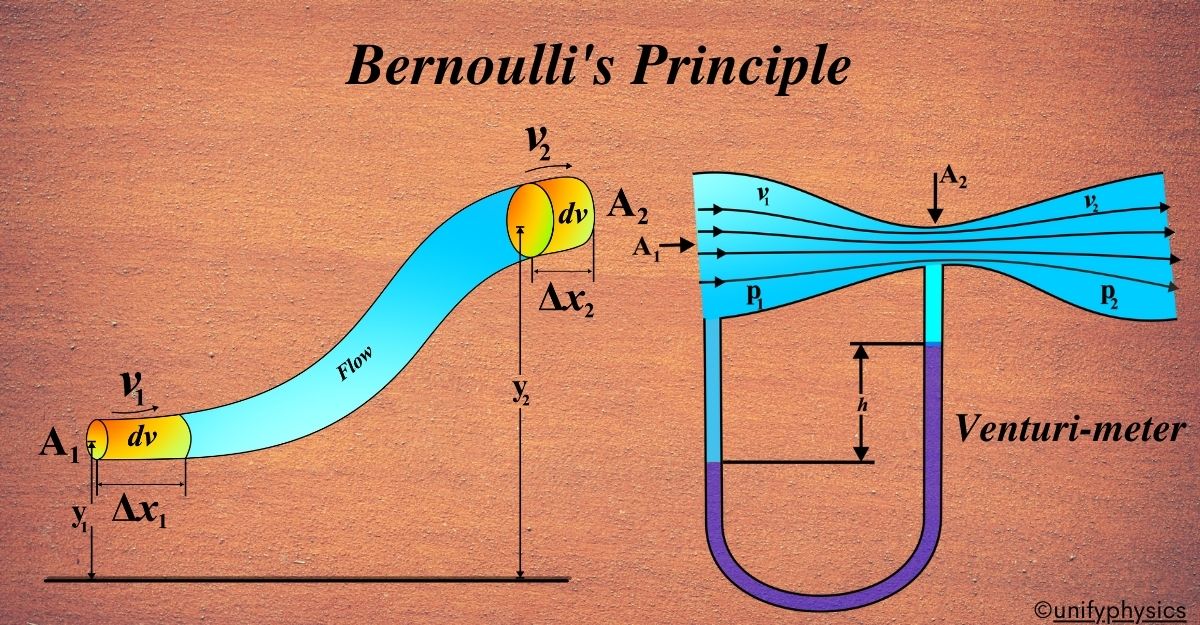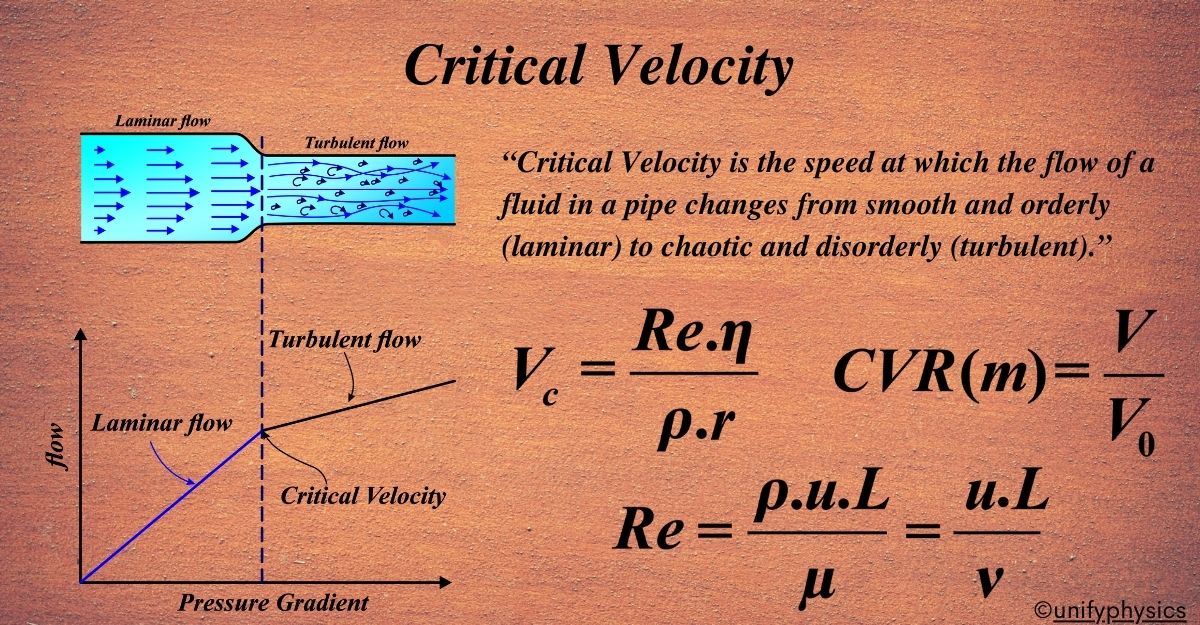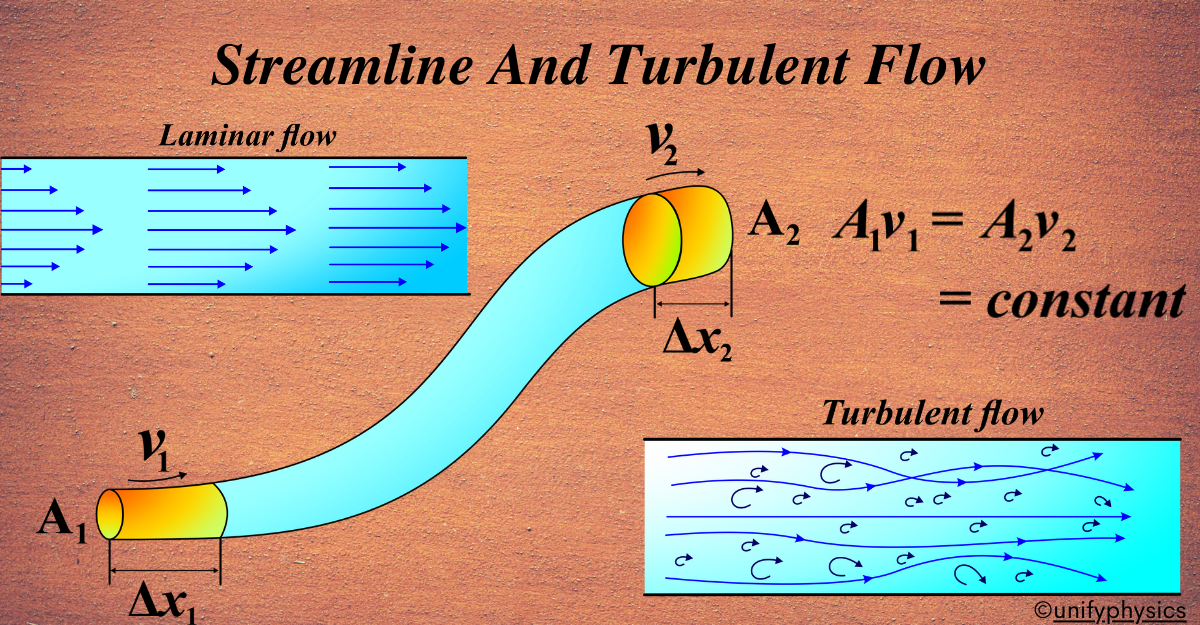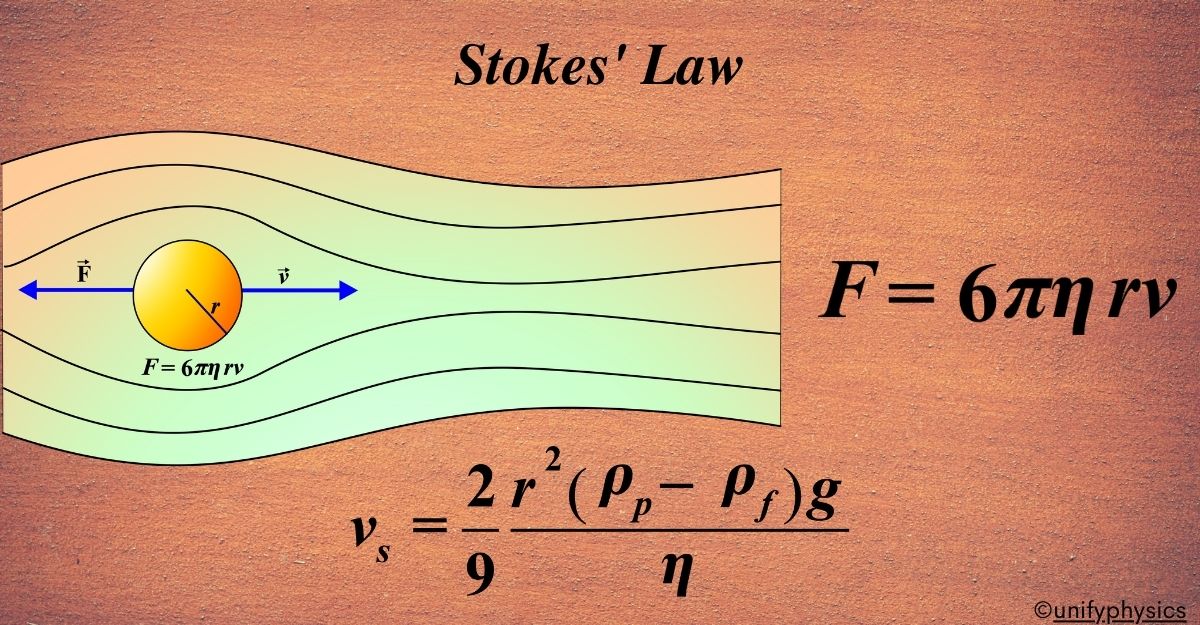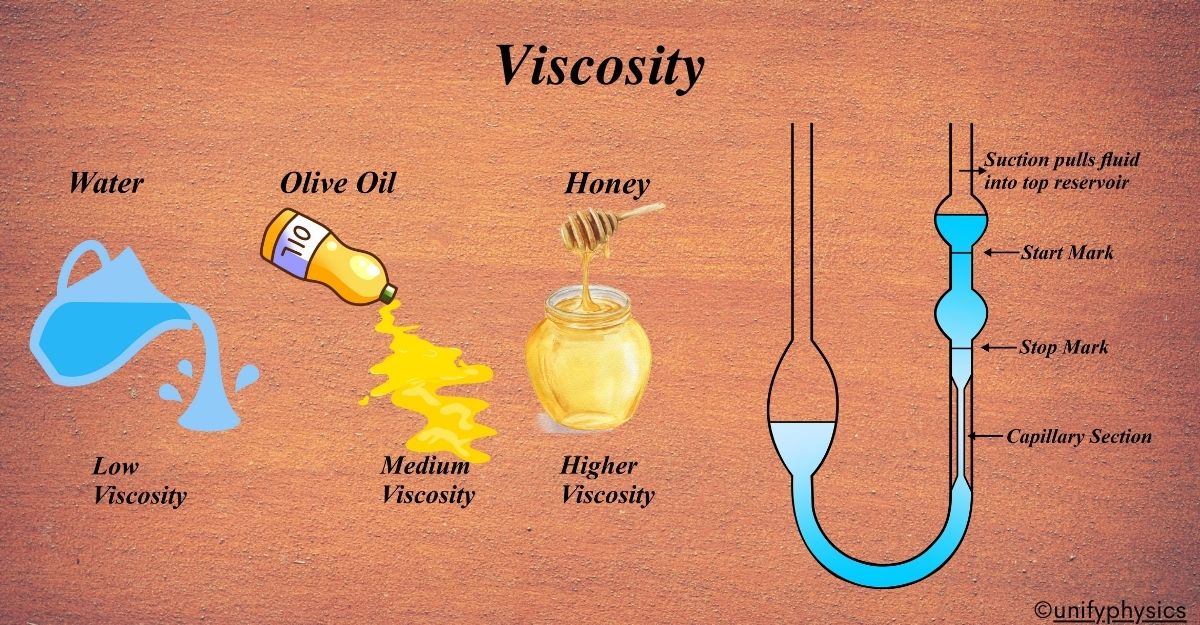Simple Harmonic Motion
Long ago, in the early 1600s, a curious scientist named Galileo Galilei made an unusual observation inside a large cathedral in Italy. As he sat watching a chandelier swinging gently from the ceiling, he noticed something fascinating — the time it took for the chandelier to swing back and forth remained nearly the same, even … Read more
